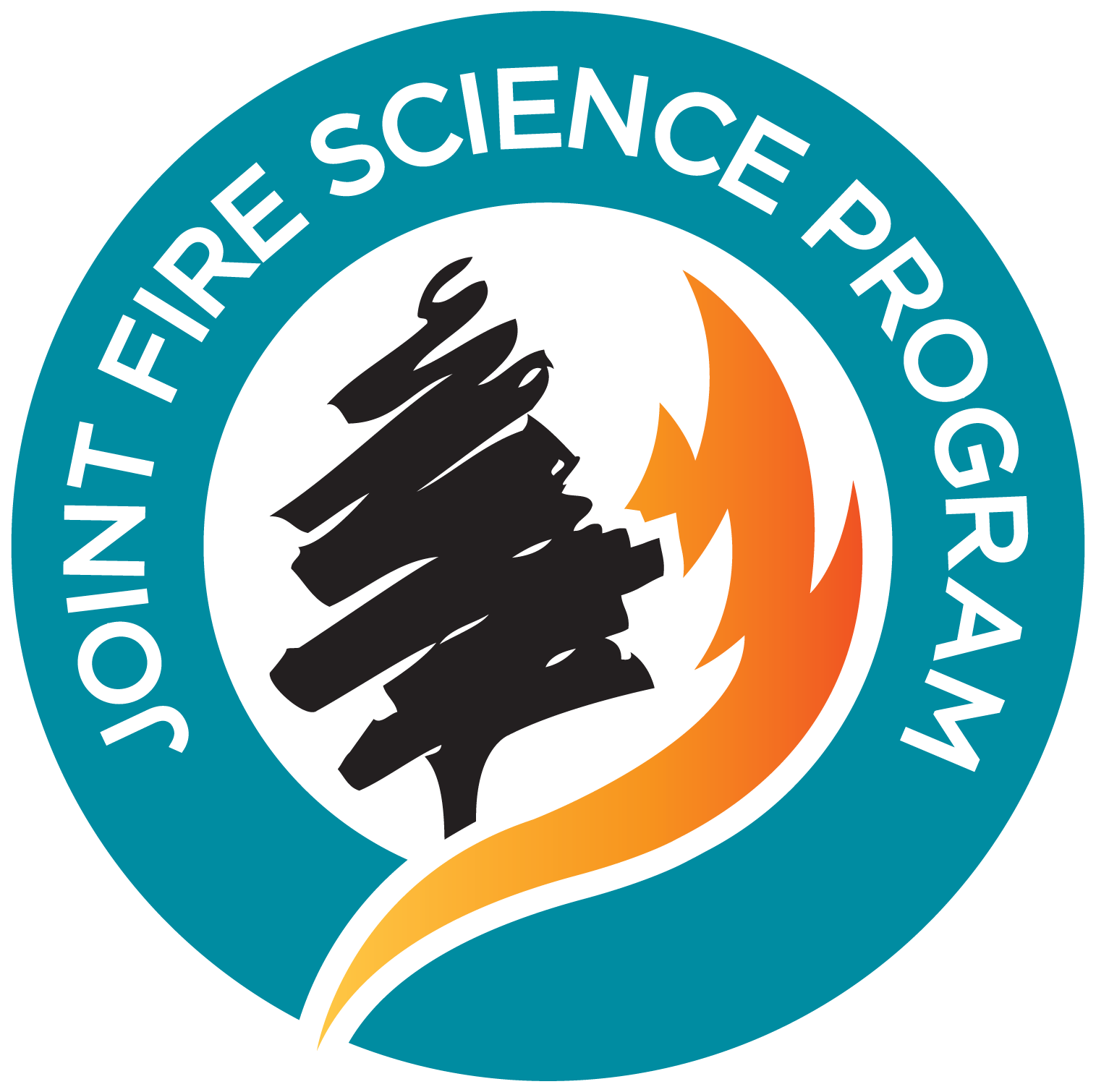United States Joint Fire Science Program

Joint Fire Science Program Synthesis Reports
Date of this Version
2000
Document Type
Article
Citation
United States Department of Agriculture Forest Service, Rocky Mountain Research Station, General Technical Report RMRS-GTR-42- volume 1, January 2000
Abstract
Fires affect animals mainly through effects on their habitat. Fires often cause short-term increases in wildlife foods that contribute to increases in populations of some animals. These increases are moderated by the animals’ ability to thrive in the altered, often simplified, structure of the postfire environment. The extent of fire effects on animal communities generally depends on the extent of change in habitat structure and species composition caused by fire. Stand-replacement fires usually cause greater changes in the faunal communities of forests than in those of grasslands. Within forests, standreplacement fires usually alter the animal community more dramatically than understory fires. Animal species are adapted to survive the pattern of fire frequency, season, size, severity, and uniformity that characterized their habitat in presettlement times. When fire frequency increases or decreases substantially or fire severity changes from presettlement patterns, habitat for many animal species declines.
Included in
Forest Management Commons, Other Forestry and Forest Sciences Commons, Wood Science and Pulp, Paper Technology Commons


Comments
US government work.